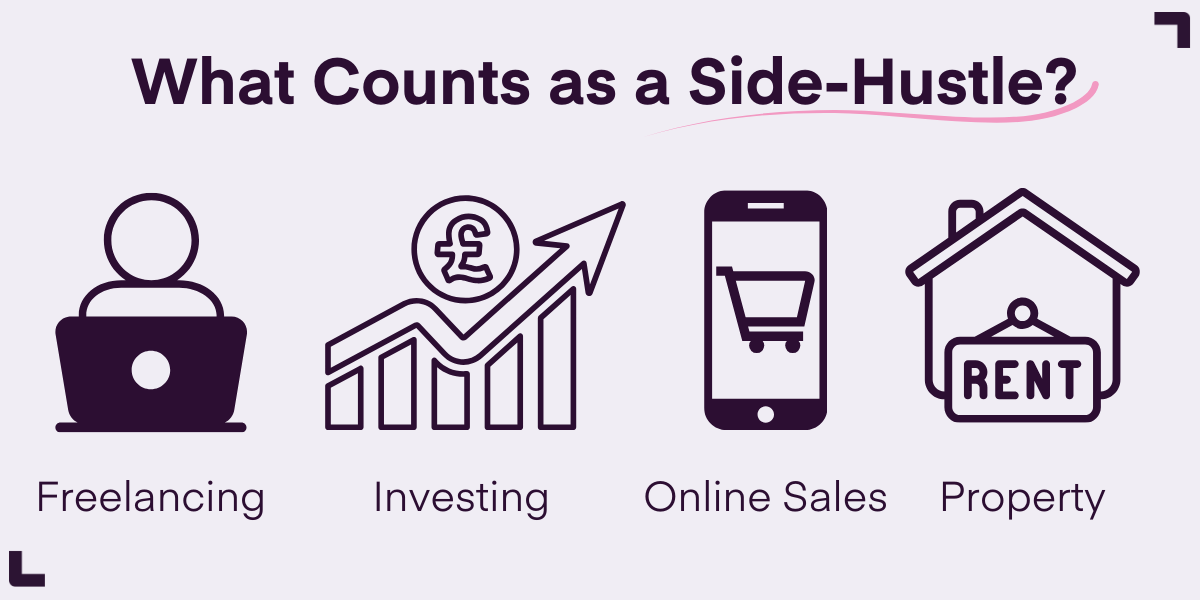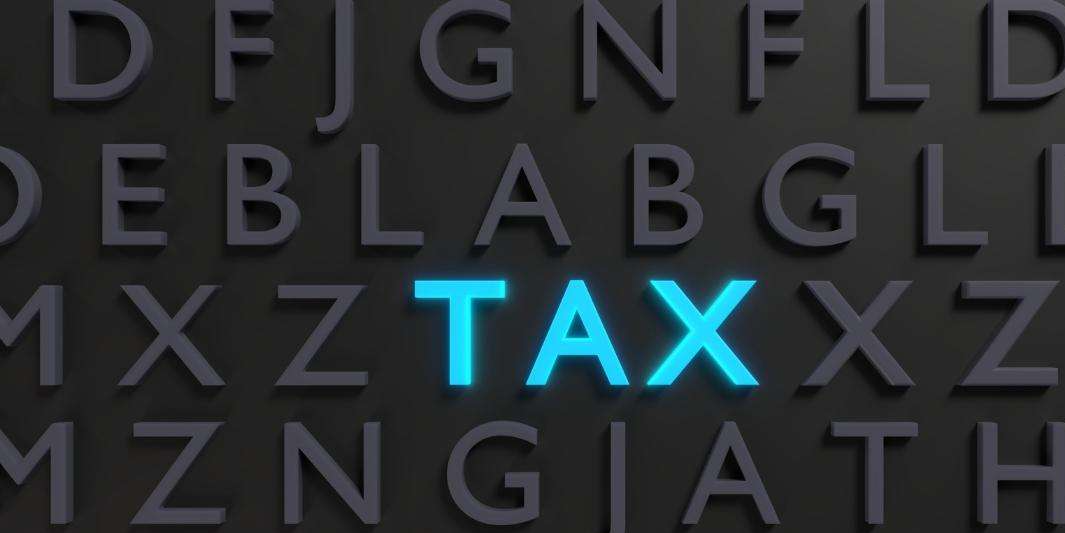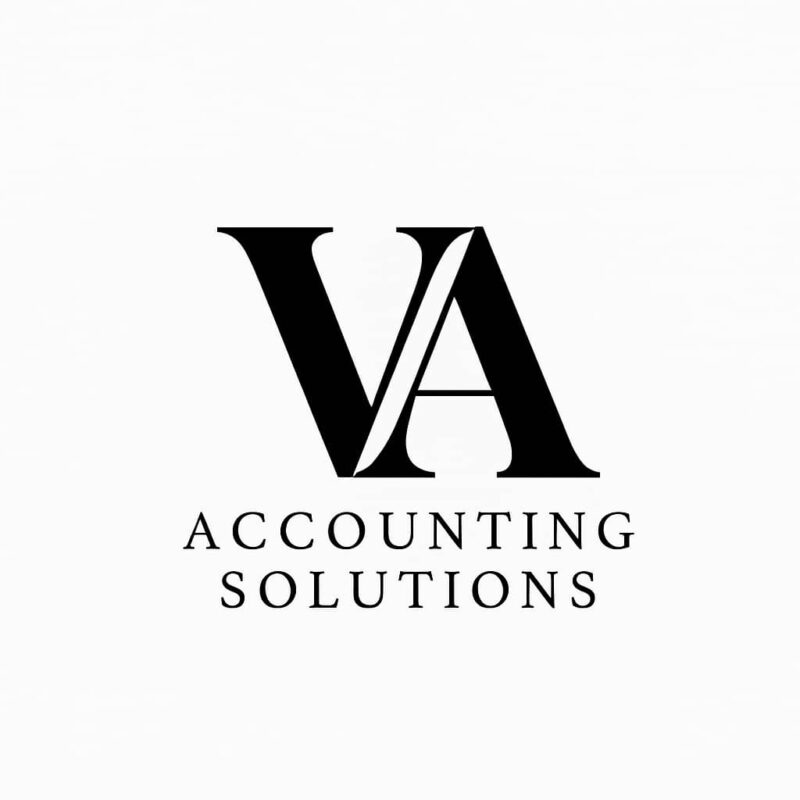The Rise of the Side Hustle and the Taxman’s Interest
The side hustle has become a cornerstone of the modern UK economy. Whether it’s selling crafts on Etsy, driving for Uber, or turning a hobby into a source of extra income, millions of people are earning money outside of their main job, often driven by the rising cost of living. This boom has, unsurprisingly, attracted the attention of HMRC.

Recent headlines about a “side hustle tax” have caused widespread confusion and anxiety. However, it is essential to understand that there is no new tax. What has changed from 1 January 2024 are the reporting rules: digital platforms like Vinted, eBay, and Airbnb are now required to share seller data with HMRC. This increased transparency means it is more important than ever for side hustlers to understand their existing tax obligations.
This guide will cut through the confusion. We will explain the crucial £1,000 trading allowance, clarify when you need to declare your income, and detail what the new platform reporting rules really mean for you.
The £1,000 Trading Allowance: Your Tax-Free Buffer
At the heart of the rules for side hustles is the trading allowance.
What is the Trading Allowance?
The trading allowance is a tax exemption that allows you to earn up to £1,000 of gross income from self-employment or casual work in a tax year without having to pay tax on it or declare it to HMRC. It is sometimes called the ‘hobby allowance’ and is designed to simplify tax for people with small amounts of miscellaneous income.

It is important to note that this is a £1,000 allowance per person, per tax year, for your total gross income from all side hustles combined. It is not £1,000 for each separate activity.
How Does it Work in Practice?
The rules are straightforward and depend entirely on your total gross income from these activities.
- Scenario 1: Gross Income is £1,000 or less. If your total income from all side hustles in a tax year (6 April to 5 April) is £1,000 or less, you have no further obligations. The income is tax-free, and you do not need to register for Self Assessment or report it to HMRC.
- Scenario 2: Gross Income is over £1,000. If your total income exceeds £1,000, you must register for Self Assessment with HMRC and file a tax return to declare this income.
Trading Allowance vs. Claiming Expenses: Which is Right for You?
Once your gross income exceeds £1,000 and you are required to file a tax return, you face an important choice. You can either use the £1,000 trading allowance as a deduction against your income, or you can deduct your actual, allowable business expenses. You cannot do both.
Claiming the Trading Allowance (Partial Relief)
If your income is over £1,000, you can choose to deduct the £1,000 allowance from your gross income to arrive at your taxable profit.
- Pros: It is simple and requires no detailed record-keeping of your expenses.
- Cons: You cannot claim any of your actual business costs.
This option is best if your actual business expenses for the year are less than £1,000.
Claiming Actual Business Expenses
Alternatively, you can ignore the trading allowance and instead deduct the full amount of your allowable business expenses from your income.
- Pros: If your expenses are over £1,000, this will result in a lower taxable profit and therefore a lower tax bill.
- Cons: It requires you to keep accurate records and receipts for all your business costs.
This option is best if your actual business expenses for the year are more than £1,000.
For example, if you earn £2,500 from a side hustle and have £300 in expenses, you would be better off claiming the trading allowance. Your taxable profit would be £2,500 – £1,000 = £1,500. If you claimed expenses, your taxable profit would be £2,500 – £300 = £2,200.
The New Rules for Digital Platforms (eBay, Vinted, Etsy, Airbnb, Uber)
The recent changes are about data, not new taxes. HMRC is leveraging technology to ensure people who are genuinely running a business are paying the correct tax.
What Has Actually Changed?
From 1 January 2024, digital platforms are legally required to collect information about their sellers and report it to HMRC annually. Platforms will report data on sellers who, in a calendar year, either:
- Make more than 30 sales, OR
- Earn more than €2,000 (approximately £1,700).
Does This Mean I Owe Tax?
Being reported by a platform does not automatically mean you have a tax liability. The key distinction is whether you are ‘trading’ or simply selling personal items.
- Selling Personal Possessions: If you are selling your own unwanted items (e.g., clearing out your wardrobe on Vinted), this is generally not considered trading and is not subject to Income Tax. You are simply turning your existing possessions back into cash, usually for less than you paid for them. The only exception is if you sell a single item for a profit of more than £6,000, which could trigger Capital Gains Tax.
- Trading: If you are buying goods with the intention of reselling them for a profit, or making items to sell, HMRC will likely view this as a trade. This income is taxable once it exceeds the £1,000 trading allowance.
HMRC will use the data from platforms to identify individuals who appear to be trading but have not declared their income.
How to Declare and Pay Tax on Your Side Hustle Income
If your gross income from trading activities exceeds £1,000, you must take the following steps.
Registering for Self Assessment
You must(https://www.gov.uk/register-for-self-assessment) with HMRC. The deadline to do this is 5 October following the end of the tax year in which your income first exceeded the threshold.
Filing Your Tax Return
You will need to complete a Self Assessment tax return each year, with an online filing deadline of 31 January. On the return, your side hustle income is added to any other income you have (such as from a main job) to calculate your total taxable income. Be aware that this extra income could push you into a higher income tax band (for example, from the 20% basic rate to the 40% higher rate), increasing the tax rate you pay on those additional earnings.

Paying National Insurance
If your profits from self-employment exceed the annual threshold (£12,570 for 2024/25), you will also become liable for Class 4 National Insurance contributions on those profits.
Conclusion: Don’t Panic, Just Plan
The new era of digital reporting for side hustles is about transparency, not a new tax. The rules remain simple:
- The first £1,000 of gross trading income is tax-free via the trading allowance.
- If you earn more than £1,000, you must register with HMRC and file a tax return.
- The new platform rules mean HMRC has more data to ensure compliance.
The best approach is to be proactive. Track your income from all your hustles, keep a simple record of your expenses, and register for Self Assessment as soon as you cross the £1,000 threshold. By staying organised, you can manage your tax obligations without stress and focus on growing your venture.
FAQs on the £1,000 Trading Allowance
1. What is the £1,000 trading allowance?
The trading allowance is a tax exemption in the UK that allows individuals to earn up to £1,000 per tax year from self-employment, casual services, or side hustles without paying tax or needing to register with HMRC.
2. Who is eligible for the trading allowance?
Anyone earning income from:
Selling on eBay, Etsy, Facebook Marketplace, etc.
Freelance work or consultancy
Tutoring, babysitting, delivery driving, etc.
Side hustles or small self-employment gigs
can use this allowance if total gross income is £1,000 or less in the tax year.
3. Do I need to declare my income if I earn under £1,000?
No. If your total income from trading or miscellaneous services is £1,000 or less, it is tax-free and you don’t need to report it to HMRC.
4. What if I earn more than £1,000 from a side hustle?
If your gross income exceeds £1,000, you must register for Self Assessment, file a tax return, and declare all your earnings.
However, you can still claim the £1,000 trading allowance as a deduction from your income.
5. Can I deduct the trading allowance instead of business expenses?
Yes, but not both.
If you claim the £1,000 trading allowance, you cannot deduct actual business expenses. Choose the option that reduces your taxable income the most.
6. Does this apply to rental income too?
No. The trading allowance applies to self-employment and casual services.
Rental income is covered under a separate £1,000 property allowance.
7. Can I use both the trading and property allowance?
Yes. You can claim both allowances if you have income from both trading (e.g. freelancing) and property (e.g. Airbnb), provided each income stream qualifies and stays under the £1,000 limit.
8. How do I register for Self Assessment if I go over the £1,000 limit?
You must register with HMRC by 5 October following the end of the tax year in which you went over the allowance.
You can register online via the HMRC website.
9. Does this allowance apply to employees with side gigs?
Yes. The allowance is separate from your PAYE employment income, so you can use it for any extra income from side gigs or casual work.
10. Is the £1,000 threshold for profit or total income?
The allowance applies to total gross income — not profit.
So if you earn £1,500 and spend £600, your gross is £1,500, which is above the limit, and you must register and file a tax return.
